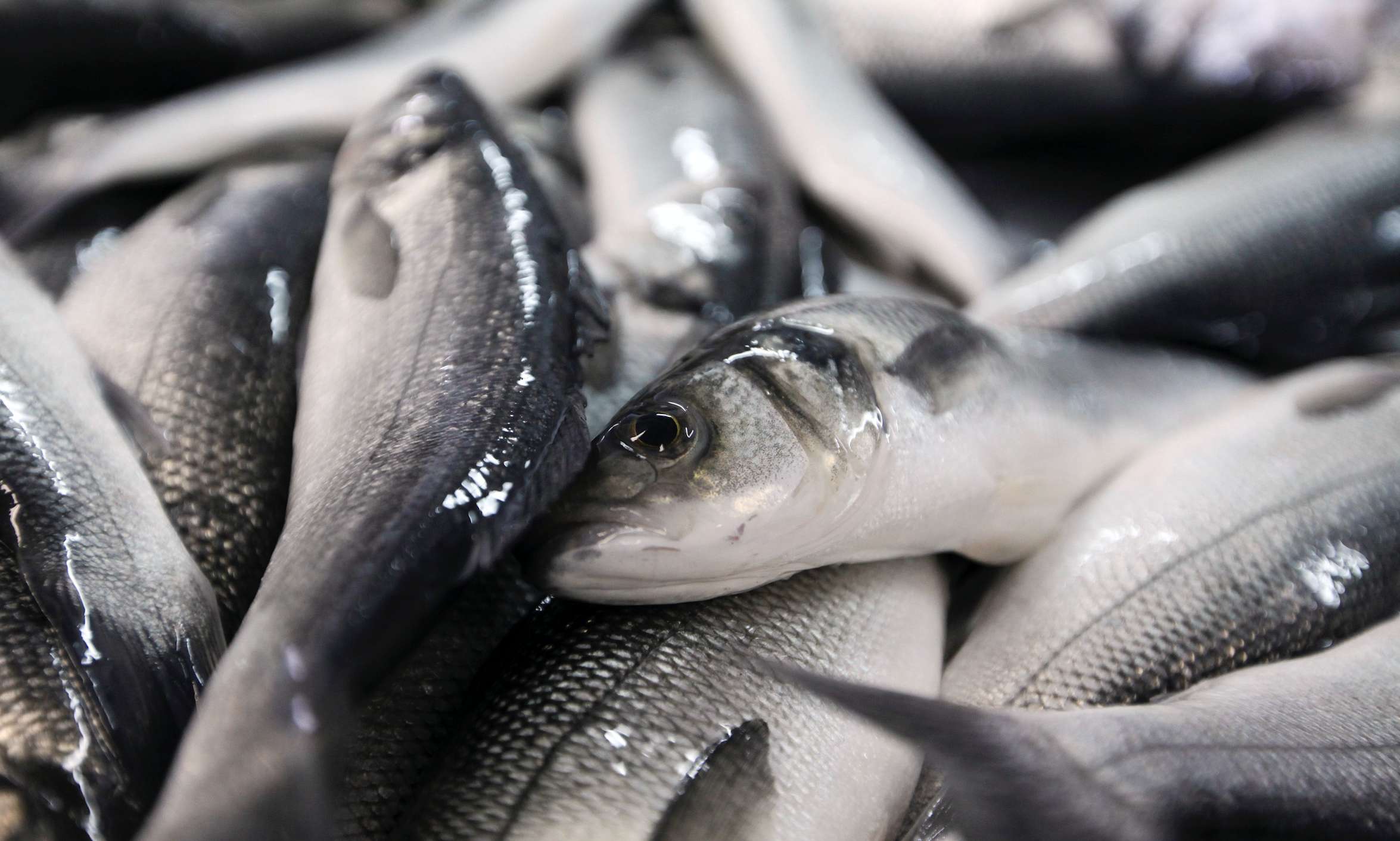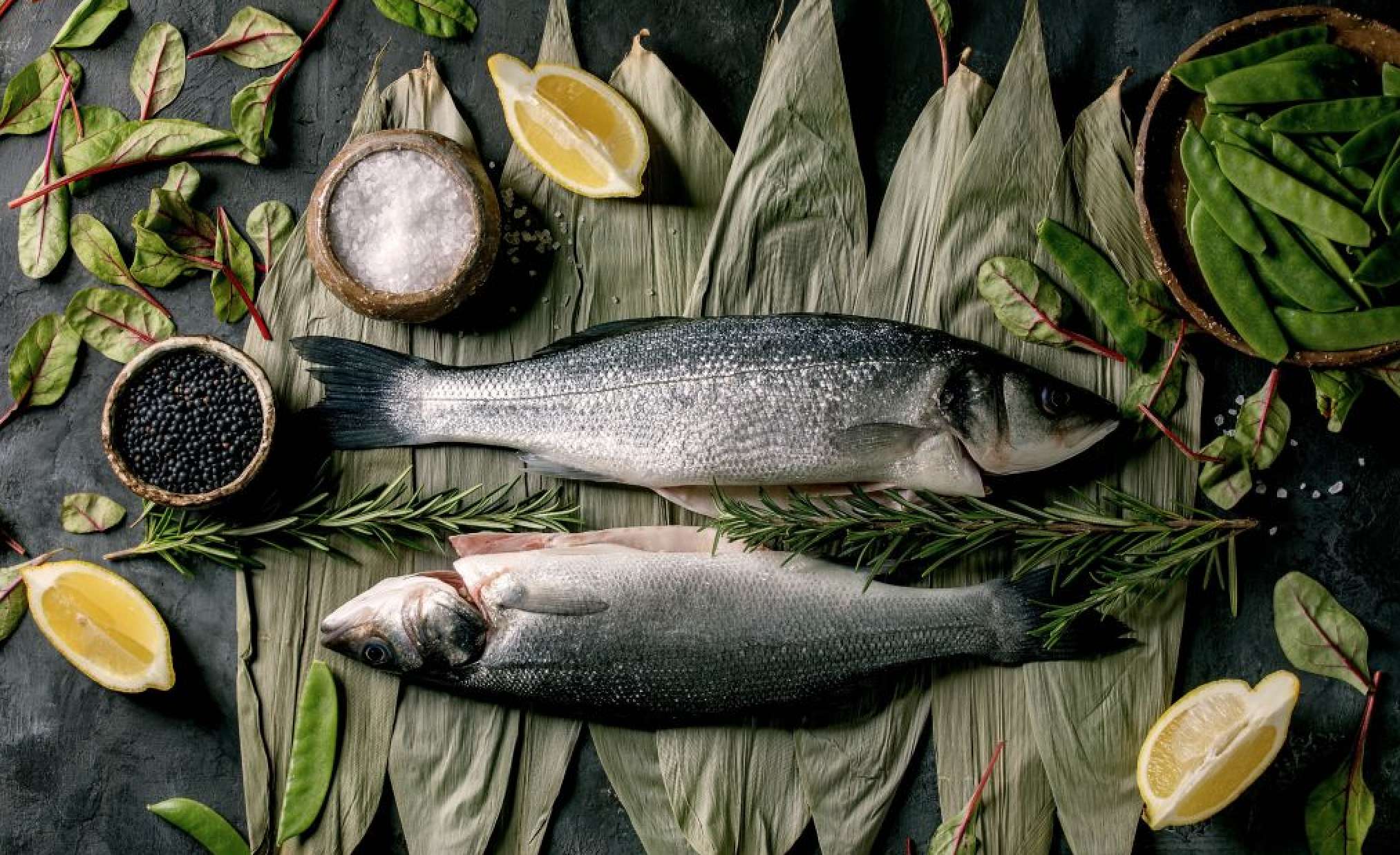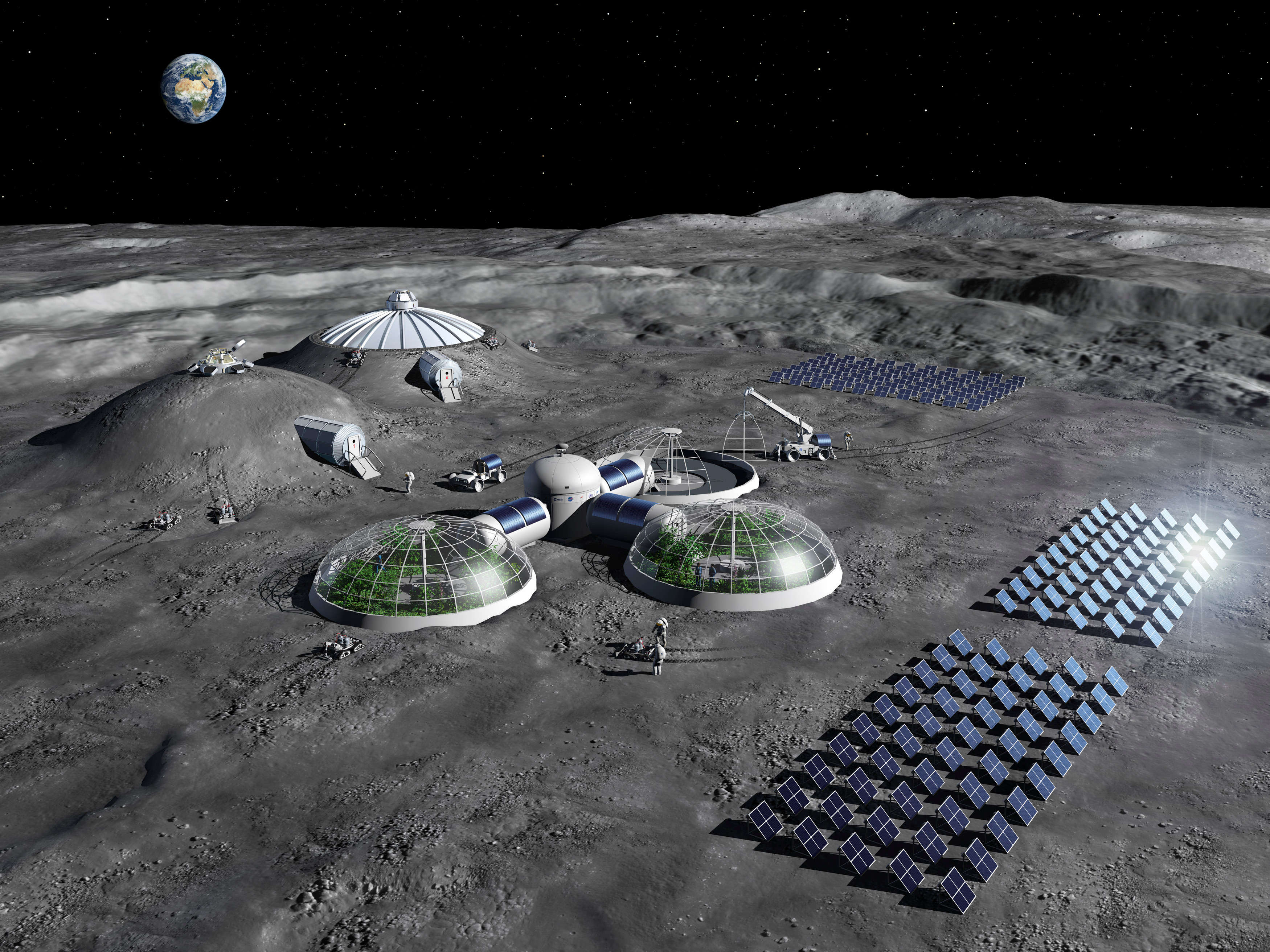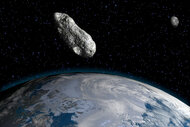Create a free profile to get unlimited access to exclusive videos, sweepstakes, and more!
Fishing on the moon? French scientists think the idea is swimming with possibilities

If visionary French aquaculture scientists are correct, farming fish on the lunar surface could one day become a reality for moonbase residents hungry for a nice seabass dinner.
The question of how Humankind will feed itself once a permanent colony is established on the Moon is one that is still being discussed and debated. Self-sufficiency, or at least a reasonable facsimile, is of the utmost importance as we venture off Earth and begin exploring not only our own satellite, but exoplanets, asteroids, and moons outside the comforts of our own solar system.
A new study known as the Lunar Hatch Program was put forth by researchers at the French Research Institute for Exploitation of the Sea (IFREMER), and theorizes that astronauts could potentially grow and harvest fish on the Moon by utilizing eggs delivered from Earth and H2O obtained from the lunar soil.
According to the research paper first published in the online journal, Springer, samples of fish eggs were put to the test to see if they could endure simulations of a rocket ride aboard a Russian Soyuz spacecraft.
IFREMER scientists were pleased to discover that the eggs of two fish species, European sea bass (Dicentrarchus labrax) and meagre (Argyrosomus regius), were indeed hardy enough and could easily survive being taken to the Moon.
"I proposed the idea to send eggs, not fish, because eggs and embryos are very strong," lead author Cyrille Przybyla and IFREMER aquaculture researcher told Hakai Magazine.
Przybyla and his colleagues picked the specific fish species based on characteristics like modest oxygen requirements, low carbon dioxide output, and a brief hatching time frame. Beakers holding the eggs were vigorously shaken using an orbital shaker, before surviving more intense vibrations in a second machine that replicated the launch of a Russian Soyuz rocket.
Their results proved that for the seabass eggs, a success rate of 82% in the unshaken control samples was obtained, with 76% of the shaken seabass eggs hatching. Meagre fish eggs achieved a greater score, as 95% of the shaken eggs hatched versus 92% from the unshaken control group.
Adding fresh fish to the European Space Agency's proposed Moon Village's food supply by transporting eggs to the base would substantially boost the variety of food offered astronaut's, far beyond the traditional freeze-dried fare, and provide nutrients like essential amino acids, omega-3 polyunsaturated fatty acids, and vitamin B12.
“It was completely crazy,” added Przybyla. “The environment was very hard for these eggs. From the psychological point of view, it’s better to have a reminder of Earth—you have a garden, you have a tank with fish.”




























